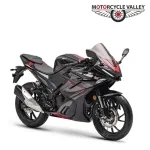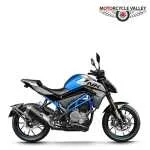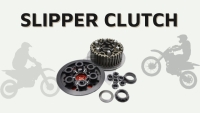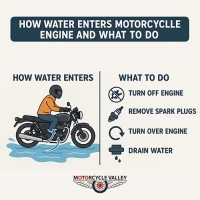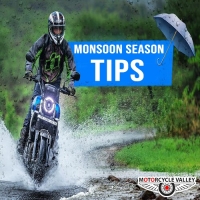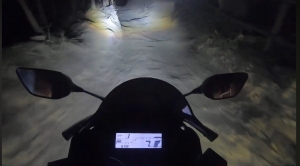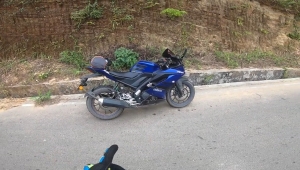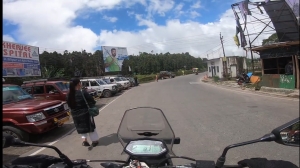RLP for safety breaking
RLP for safety breaking
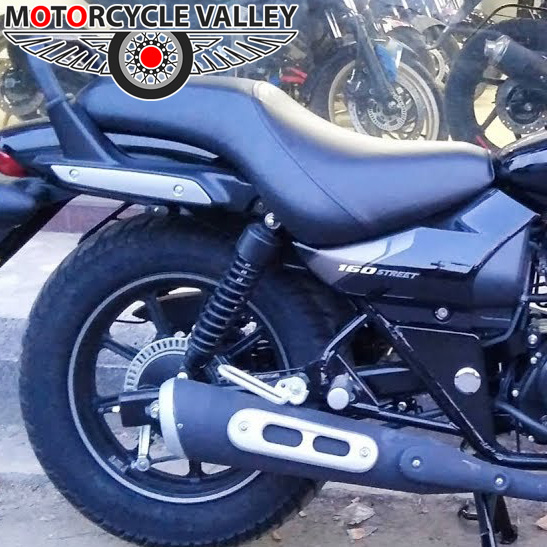
RLP stand for “Rear Wheel Lift-Off Protection”. Basically it is a safety feature like ABS, CBS, Stability control etc. On those bike, which has single channel ABS, or CBS, this feature is placed to act better with them and provide better safety. In this article we will try to explain about this feature, which can be helpful for bikers while purchasing a bike and also for their better use.
What is Rear Wheel Lift-Off?
Most often we accelerate our bikes when we are on the highways, in fact we do the same thing sometimes in our city roads as well. On that note, if something arrives in our way from out of nowhere within a very short distance then what can we do? If we have the way of passing though it then it is fine, but in case we have a severe chance to hit that object we don’t have any other option but to hit the brakes. So, in that panic and reflex reaction most often riders jab on the front brake lever. While that is happening, there is tremendous amount of pressure going on the disc making the vehicle slow down and stop, but due to the speed it already has, the bike is carrying some momentum with it. Consequently, the circumstance makes the bike keep going upward during breaking, on that time the rear of the body due to the force being applied on the front and the rear portion of the bike lifts off. We also know this posture as stoppie, but that is willingly done, not by chance. On that time we name this exact concept as Rear Wheel Lift-Off.
How Does Rear Wheel Lift-Off Protection (RLP) Work?
The working process of Rear Wheel Lift-Off Protection is approximately comparable to what ABS does, but this technology comes with some extra sensors. Fundamentally, the idea is to keep the rear wheel attached to the ground most of the times and that’s all. In ABS, it is checked the rear wheel gets locked and later the brake pressure is manipulated accordingly to keep it from locking. But in terms of RLP, there is a gyro sensor as well along with a free spin sensor to see if the rear wheel is in contact with the road or not. So in case of a lift-off, the rear wheel is going to start spinning freely, meanwhile it won’t have the frictional force from the road acting on it. And also the gyro sensor will check if the bike is in level with the ground and not imbalanced. Furthermore, in case the rear wheel lifts off even a little bit, the sensor will kick in and release the force on the front brake just a little, so that the rear gets back on the road and the rider and bike both are taken away from harm’s way.
To wrap it up, this technology is a bit chipper than ABS, or CBS, which is why it is used along with single channel ABS technology. Most often, RLP is seen on 150-200cc bike. Countries like Bangladesh, where the cc limitation is less than 200 cc Bajaj has provided this technology first, in their avenger series RLP is found.
Is this tips helpful?
Rate count: 9Ratings:

New Added Bikes
Bike Tips
Rust in bike fuel tanks is a common problem, especially in humid climates or when the bike is not used for a long time. Detailed...
English BanglaThe ECU, or Engine Control Unit, is an electronic device that controls and manages various engine functions of a motorcycle. It ...
English BanglaOne of the most in-demand features in modern motorcycles is the Slipper Clutch.A Slipper Clutch is a special type of clutch syst...
English BanglaDue to ongoing heavy rainfall, floods, and water logging in various parts of the country, there is a significant risk of water...
English BanglaIf you ride a bike, regular maintenance is a must—but during the monsoon, it requires extra care and attention. Rain, mud, a...
English Bangla





